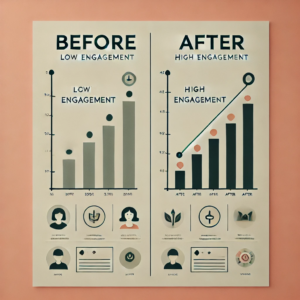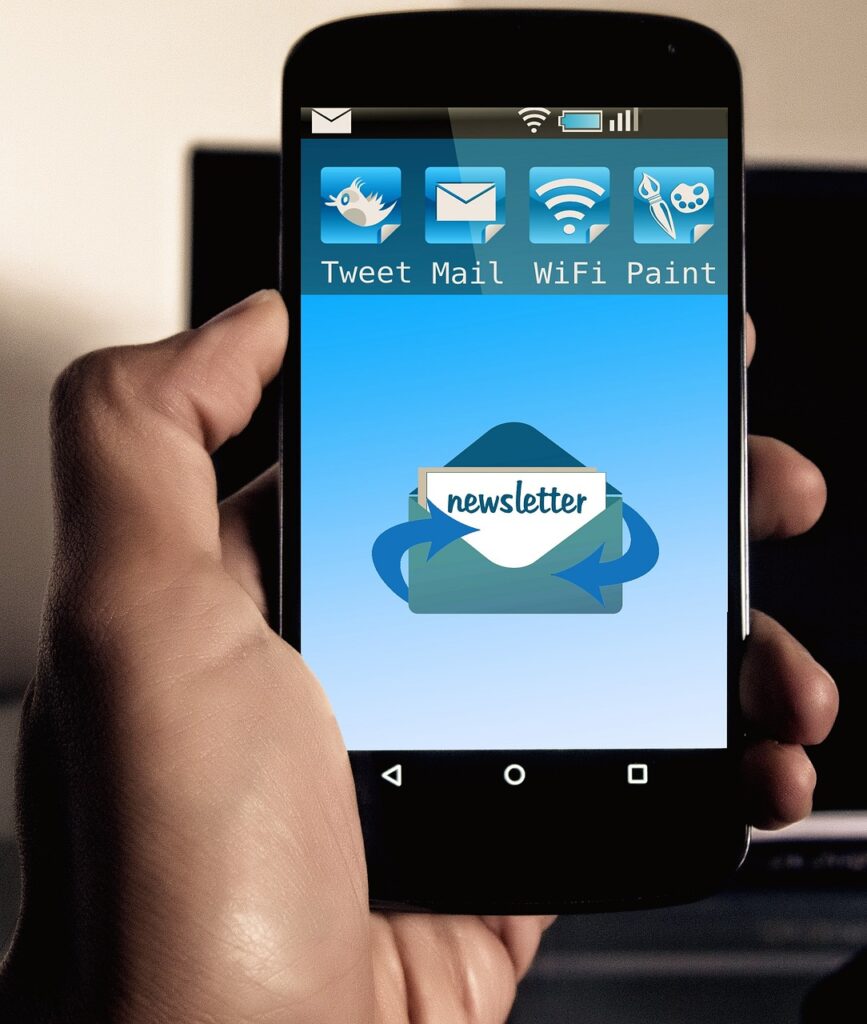5 Secrets to Creating Relevant Content That Wins Business
What is relevant content, and why does it matter?
Relevant content nets reactions, replies, and connections. But finding the balance between promoting your expertise and speaking to your audience’s needs isn’t always easy. If your content marketing yields no results, it might be time for a refresh.
Here’s how to refine your content for better focus and impact.
1. Balance quality and consistency – You can feel pressure to create engaging and useful content regularly — even if you reuse, recycle, or use AI. How do you keep the content treadmill turning? And how do you produce quality content to serve your audience and your business goals?
Burnout can occur on both sides: from creating content to flooding your readers with too much. The solution? Less is more: favor quality over quantity.
- Curate, don’t create: summarize or link to useful resources, like the latest industry news or trends.
- Craft content for “micro-moments” when consumers search for quick answers or solutions through focused content snippets: FAQs, short videos, or concise blogs or emails.
- Create less frequent, well-researched content rather than cranking out posts that add to the noise.
HubSpot reports that eight in ten content marketers agree that creating higher-quality content less often is more feasible.
2. Balance timeliness with timelessness – Keep content fresh by aligning it with trends, seasonal shifts, or industry news.
National day calendars exist for a reason. 🙂 To boost the impact, sync your content to what’s happening now. Recycle familiar topics to suit certain themes or timeframes, like posting tax planning tips or goal-setting topics by year’s end. This is among the easiest ways to plan.

Search research can help you whittle down keywords that can influence your topics. And you can narrow your focus and find your “when” through exploring what your readers share or discuss or have gravitated to before.
The evergreen can later become trendy, too. For example, probably because of the title and keywords — not the content depth — an ancient blog on personalizing content is now among my most visited pages.
I haven’t changed it since I published it, but plan to refresh it soon. It’s probably because, in the past few years, “personalization” has become a marketing buzzword.
3. Balance the timeworn with the unconventional – Dare to do something different, whether you lift a dull tone or present content in a new format.
Beyond text, interactive and visually rich formats give your audience something to explore, making the content more memorable and shareable.
But it’s not about showing off creativity. Make your audience think by presenting information in a way that surprises or entertains.
Example: Rather than covering a common topic, a café offered “101 ways that puppies are enjoying a puppuccino,” which became a top performer.
4. Balance tone and personality – Most business content blends in. Dare to be memorable: mixing humor, alliteration, or rhyme with practical advice turns dry topics into page-turners. It’s OK to have some fun once in a while — or more often.
Example: “7 Estate Planning Myths That Could Cost Your Family Big — Are You Guilty of #3?”
While creativity helps gain attention, ensure your ideas truly match your business goals and voice. If you’re doing something different, have a good reason. Otherwise, you could lose credibility. Avoid creating “beautiful illusions” that attract attention yet fail to spark growth.
5. Balance depth and brevity – Ensure short content packs a punch like espresso, while deep dives stay rooted in the bigger picture. Though your audience might crave detailed insights, unless your research shows otherwise, their attention spans can be limited. Provide enough details to establish your authority and deliver value while you keep your content digestible.
Concise content distills complex ideas into clear, actionable insights without oversimplifying. To convey depth without dumbing them down, use:
- examples
- data points
- analogies
- bullet points
- subheadings
For in-depth pieces, keeping a clear thread to broader themes is challenging. Ensure each piece, regardless of its length, is useful and fits a larger, cohesive narrative about your brand or industry.
Example: the “pillar and cluster” content model
The key: a content strategy that’s expansive and focused, letting audiences dive deep into subjects they care about while providing enough variety to sustain curiosity.
For relevant content, balance creation with moderation. Assess its performance against your business goals regularly and adjust your strategy to establish thought leadership, improve performance, and evolve with your audience and your market.
Learn how to create content that connects with clients who value and respect you and your business
How do you create useful and engaging content? What do you think of these tips? Drop your thoughts in the comments below.
QUOTES
“Quality is more important than quantity. One home run is much better than two doubles.” ~ Steve Jobs
“Keep marketing simple. When it comes to content, cover the intersection between what your audience needs to know and your organization’s expertise. This expertise you’re sharing needs to relate to what you actually offer as a business. Make it entertaining and that’s the trifecta.” ~ Brian Honigman





